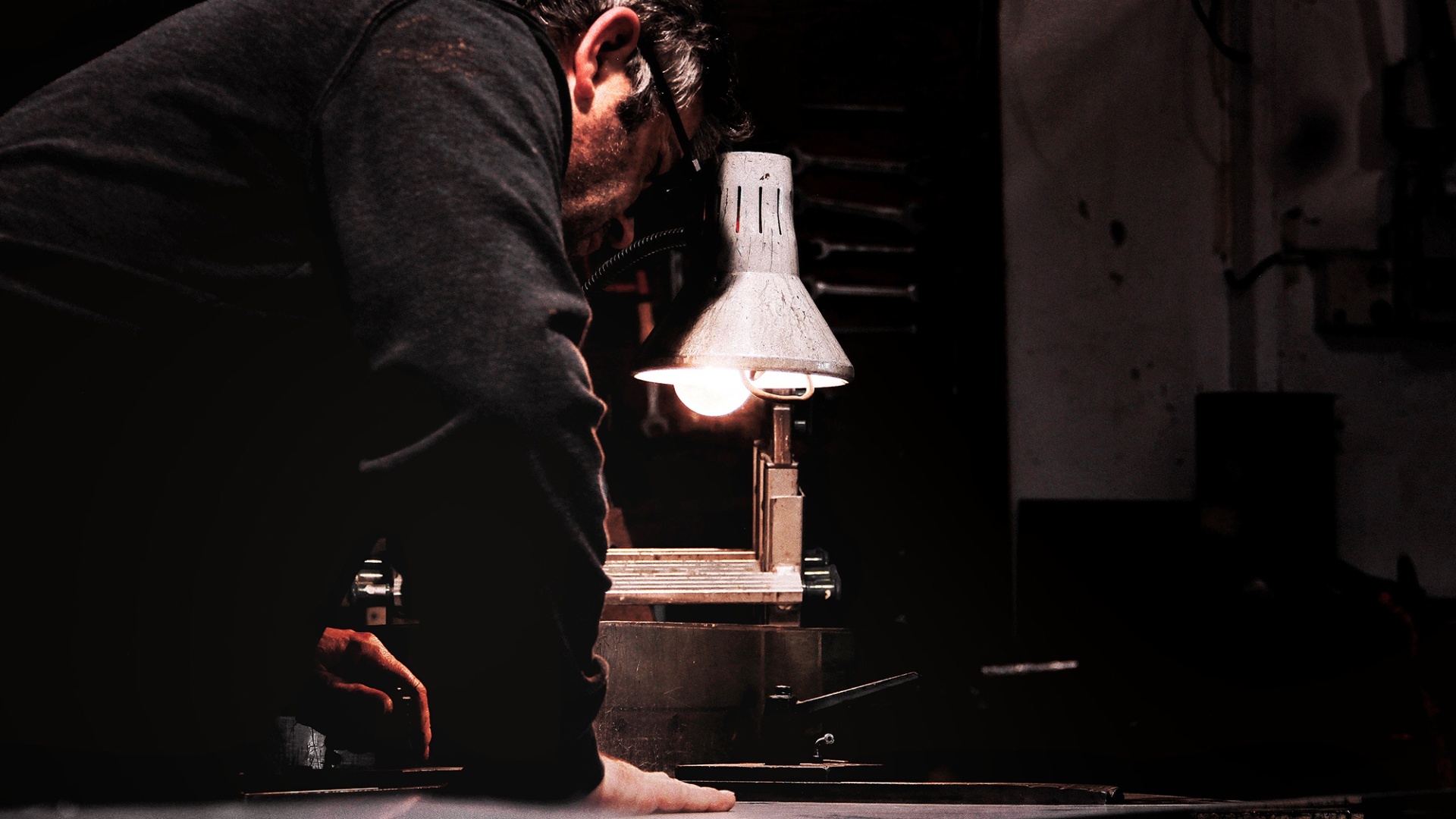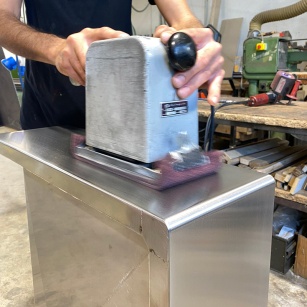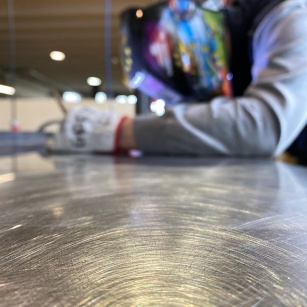OUR FINISHES
We offer a variety of finishes based on our clients' requests.
Our company is capable of providing a wide range of finishes.
With our experience and craftsmanship, we present countless possibilities for customized finishes based on your project.
Treatments and finishes:
INOXOR OR offers an extensive range of surface treatments and finishes that enhance the aesthetic value of the product, providing specific solutions based on your needs.
Treatments and finishes are carried out using state-of-the-art machinery and equipment, maintaining high-quality standards.
Products are meticulously inspected and selected by our specialized staff.
Below are some examples of finishes:
Zinc coating
The sheet metal, previously pickled and degreased, is immersed in tanks containing a zinc-based solution. Using the electrolytic process, zinc coating is deposited on the artifact. The deposited layer is extremely thin (about 1 micron), advantageously preserving the mechanical properties of the treated component.
Satin and Scotch-Brite Finishes
These finishes give metal surfaces a matte appearance and provide good scratch resistance during use.
- Satin finish: Achieved using abrasive rollers that scratch/remove material from the surface. Grit types used include: 80 – 120 – 160 – 180 – 220 – 240 – 280 – 320 – 500 – 800, where lower numbers indicate coarser finishes, and higher numbers indicate finer finishes.
- Scotch Brite finish: Executed with abrasive rollers (composed of non-woven fabric nylon impregnated with resin and light abrasive) that brush the surface without removing material. Grit types include: 320 – 400. For particularly complex geometries, both processes can be performed manually by skilled operators.
Polishing
Metal polishing involves using soft-bristle brushes to uniformly polish the metal surface. This can be done manually to achieve perfection and coloring that may not be achievable through machinery alone. Polishing can be applied to metals such as stainless steel, aluminum, copper, and brass, ensuring a high-quality mirror finish.
Painting
Commonly used for enhancing surfaces, painting involves coating the artifact with epoxy powder paint, which, after drying, transforms into a thin and protective coating.
This finish has two functions:
- Enhance the aesthetic value of the products, on the other hand, improve their functional aspect because the layer of paint makes metals more resistant to wear and deteriorating agents present in the external environment, thereby extending their lifespan.
- Painting is carried out only after a careful process of washing and pickling of the metal, in order to prevent oxidation processes, even those not visible to the naked eye, which could arise later. An additional advantage of this technique is the possibility of using a wide range of colors (RAL color chart)
Anodizing
An electrochemical process applied to aluminum, forming a protective oxide layer on the treated surface to prevent oxidation. The achievable colors through this process are silver and black.
Microblasting
Microblasting enhances and harmonizes the surface appearance while cleaning any processing residues. Executed at high pressure with glass and white corundum microspheres, it can be applied to any metal.



